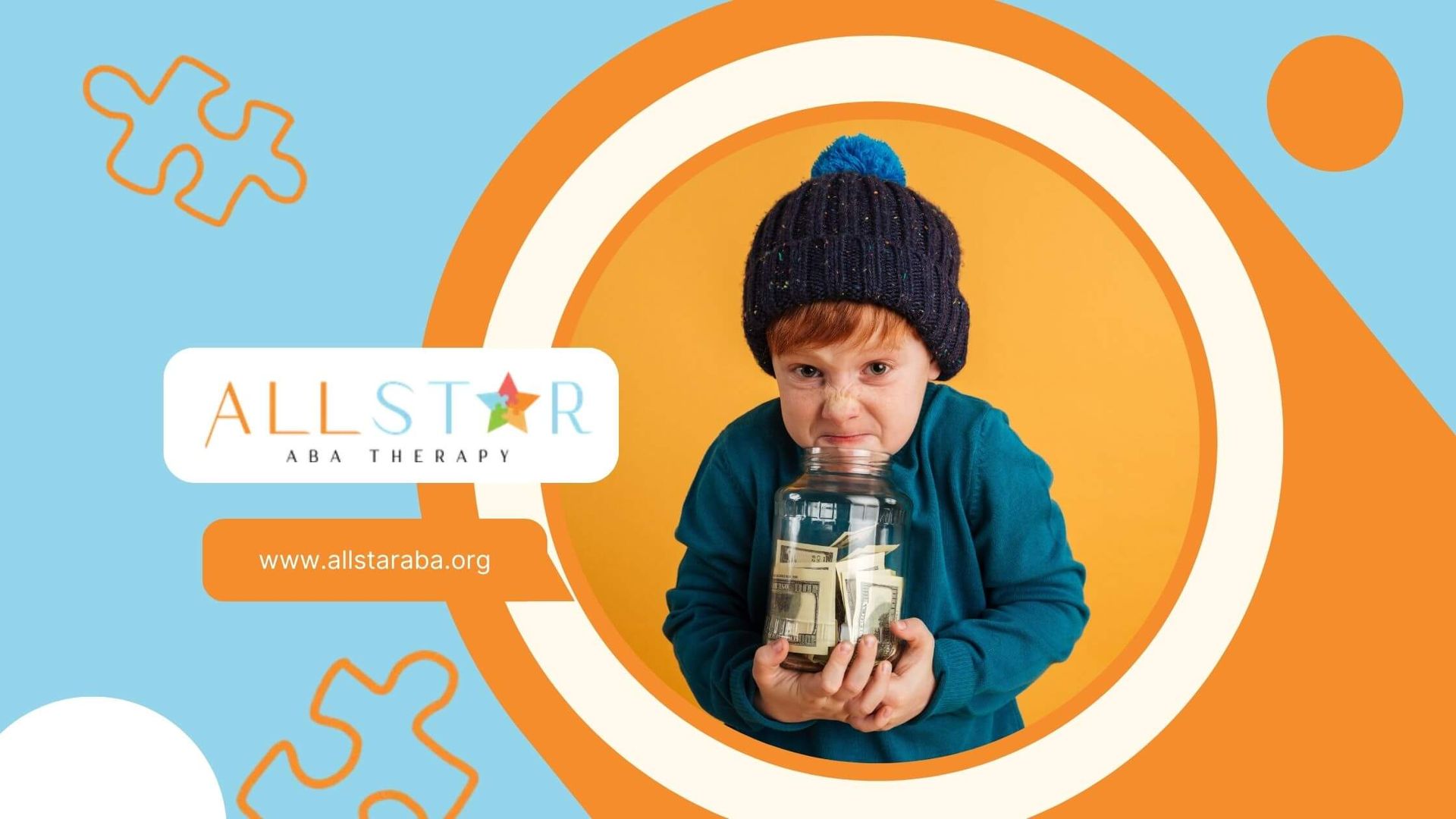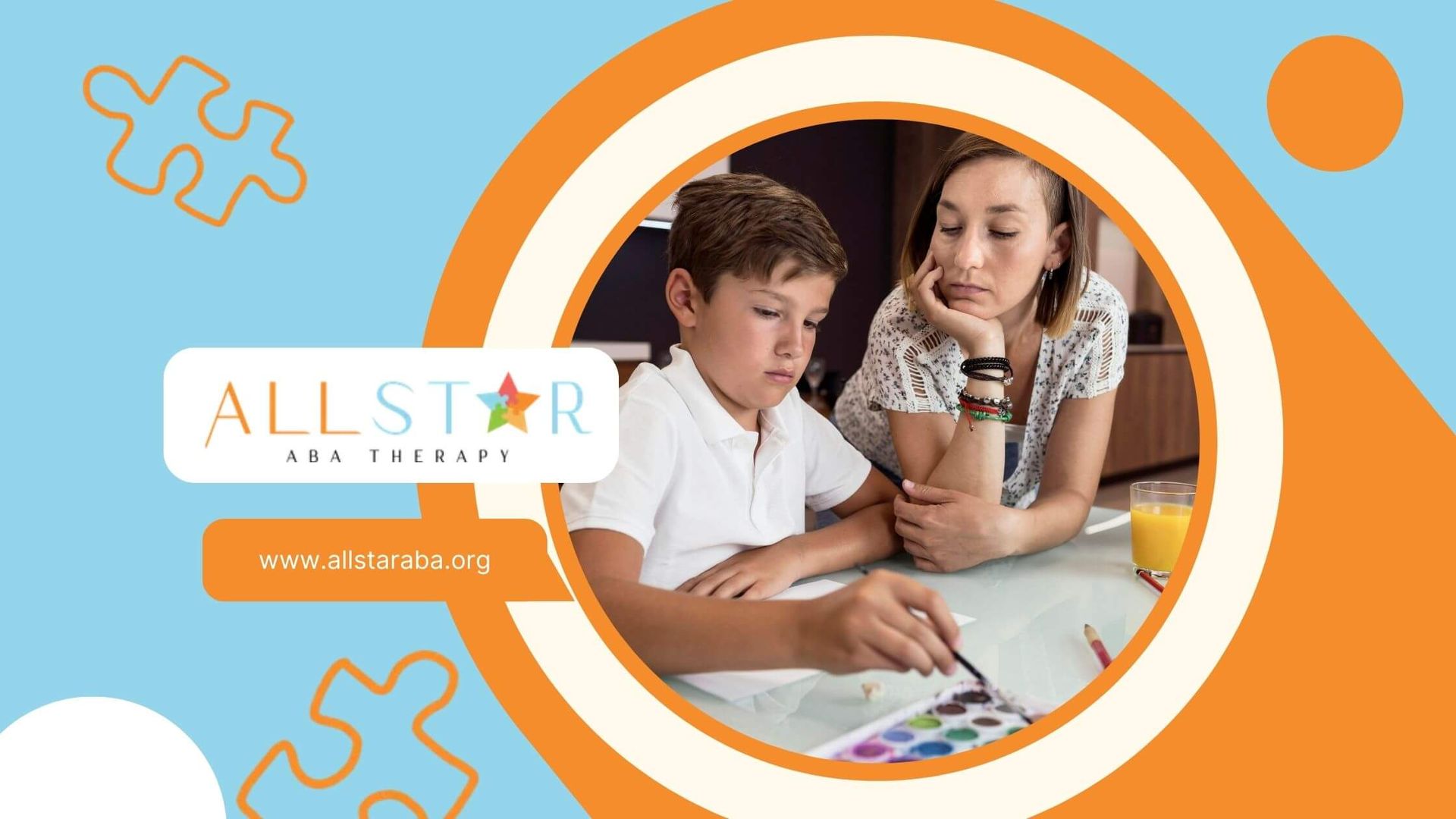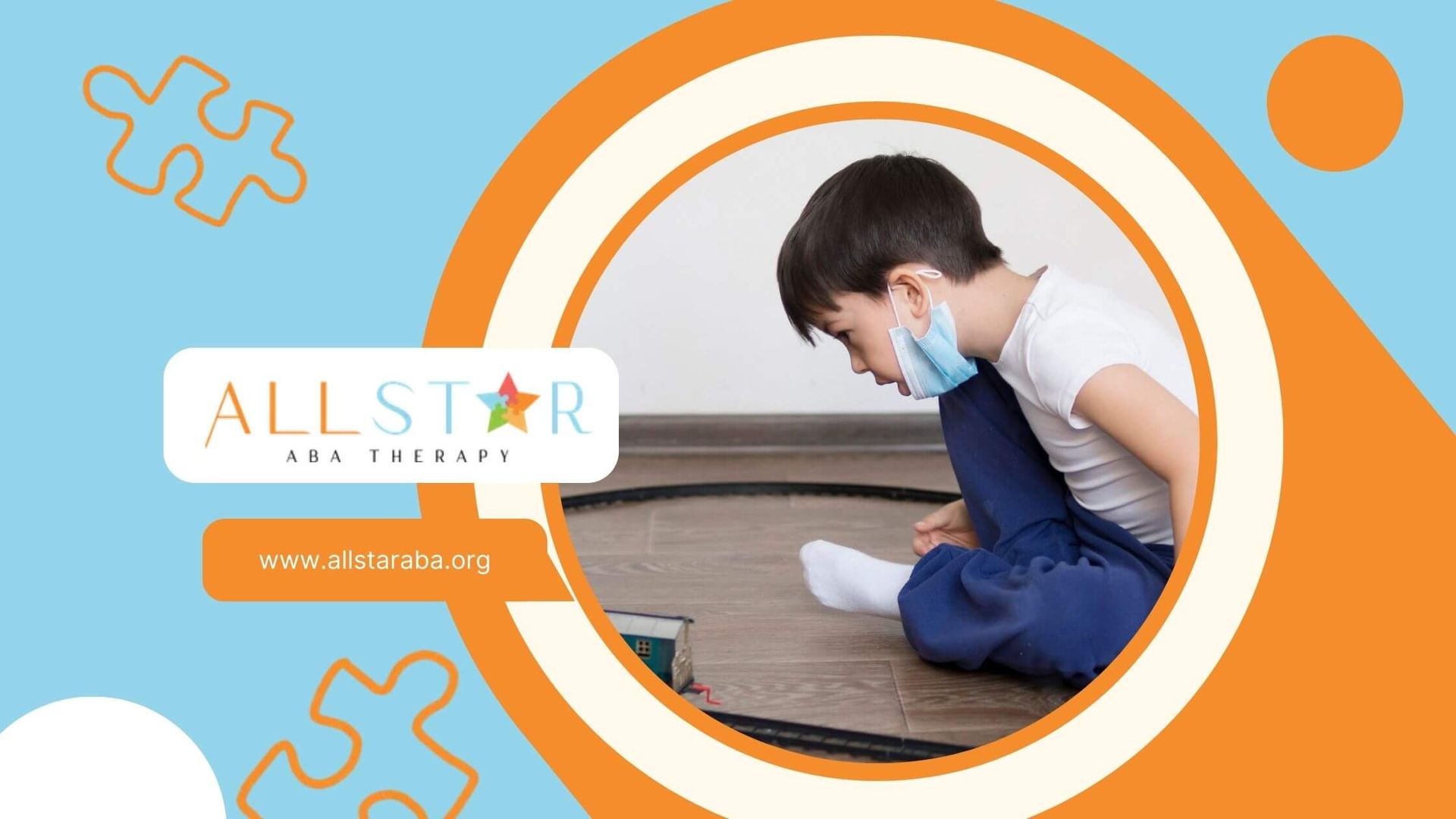New Paragraph
Exploring the Potential of Sulforaphane for Autism Treatment
Sulforaphane for Autism
Autism Spectrum Disorder (ASD) is a developmental condition characterized by challenges in communication, social interaction, and repetitive behaviors. Parents, caregivers, and educators of individuals with autism constantly seek effective treatments and interventions.
One promising area of research is the potential use of sulforaphane, a compound found in cruciferous vegetables, for managing autism symptoms. This article delves into what sulforaphane is, the scientific research supporting its use, and its potential benefits for individuals with autism.
What is Sulforaphane?
Understanding Sulforaphane
Sulforaphane is a naturally occurring compound found in cruciferous vegetables like broccoli, Brussels sprouts, and cabbage. It is known for its potent antioxidant and anti-inflammatory properties. Sulforaphane is derived from glucoraphanin through an enzymatic process that occurs when the plant material is chewed or cut.
Mechanism of Action
Sulforaphane activates the Nrf2 pathway, a critical regulator of cellular defense mechanisms. This pathway enhances the production of antioxidants, detoxifying enzymes, and other protective proteins, which help in reducing oxidative stress and inflammation.
These properties make sulforaphane a potential candidate for managing various health conditions, including autism.
How Sulforaphane Works
To fully appreciate the potential of sulforaphane in treating autism, it’s important to understand how this compound works at a biochemical level. This involves examining its interaction with cellular processes and its overall impact on health.
Cellular Pathways
Sulforaphane influences several cellular pathways that are crucial for maintaining health. These pathways play a significant role in its therapeutic effects.
Impact on Inflammation and Oxidative Stress
One of the notable effects of sulforaphane is its ability to reduce inflammation and oxidative stress. These factors are often linked to various health conditions, including autism.
Research on Sulforaphane for Autism
Extensive research has been conducted to explore the effects of sulforaphane on autism symptoms. These studies provide insights into how sulforaphane could potentially mitigate some of the challenges associated with autism.
Key Studies and Findings
Several studies have explored the impact of sulforaphane on autism symptoms. Here are some notable findings:
Clinical Trials
A landmark study conducted by researchers at Johns Hopkins University and Massachusetts General Hospital investigated the effects of sulforaphane on young males with autism.
The randomized, double-blind, placebo-controlled trial found that participants who received sulforaphane supplements showed significant improvements in behavior, social interaction, and verbal communication compared to the placebo group.
Neuroprotective Effects
Research suggests that the neuroprotective effects of sulforaphane may play a role in its potential benefits for autism. By reducing oxidative stress and inflammation in the brain, sulforaphane may help alleviate some neurological aspects of autism .
Potential Benefits of Sulforaphane for Autism
Behavioral Improvements
Sulforaphane has shown promise in improving behavioral symptoms in individuals with autism. The reduction in oxidative stress and inflammation may contribute to better mood regulation, reduced irritability, and fewer repetitive behaviors .
Enhanced Social Interaction and Communication
Clinical studies have reported improvements in social interaction and communication skills among individuals taking sulforaphane supplements. These enhancements can significantly impact the quality of life for individuals with autism and their families.
Antioxidant and Anti-inflammatory Properties
The antioxidant and anti-inflammatory properties of sulforaphane can help protect against cellular damage and improve overall brain health. This is particularly beneficial for individuals with autism, who often experience higher levels of oxidative stress.
How to Incorporate Sulforaphane into a Diet
Dietary Sources
Incorporating sulforaphane into the diet can be achieved by consuming cruciferous vegetables. Broccoli sprouts are particularly rich in glucoraphanin, the precursor to sulforaphane. Other good sources include:
- Broccoli
- Brussels sprouts
- Cabbage
- Cauliflower
- Kale
Supplements
For those who find it challenging to consume sufficient amounts of these vegetables, sulforaphane supplements are available. It is essential to consult with a healthcare professional before starting any supplement regimen, especially for children with autism.
Considerations and Precautions
Before considering sulforaphane as a treatment option, there are practical aspects to keep in mind. This includes understanding the sources of sulforaphane, appropriate dosages, and potential side effects.
Consultation with Healthcare Providers
Before incorporating sulforaphane supplements into an autism treatment plan, it is crucial to consult with a healthcare provider. They can provide personalized advice based on the individual's health status and existing treatments.
Potential Side Effects
While sulforaphane is generally considered safe, some individuals may experience side effects such as gastrointestinal discomfort. Monitoring and adjusting the dosage can help mitigate these effects.
Conclusion
Sulforaphane presents a promising avenue for improving the lives of individuals with autism. While more research is needed to fully understand its benefits and potential, current studies suggest that it can play a significant role in managing autism symptoms.
At All Star ABA, we are committed to exploring and integrating the latest scientific advancements to provide the best care for individuals with autism. Contact us today to learn more about our comprehensive ABA therapy services and how we can support your child's development.
Frequently Asked Questions
What is sulforaphane?
Sulforaphane is a compound found in cruciferous vegetables known for its antioxidant and anti-inflammatory properties. It is being researched for its potential benefits in treating autism symptoms.
How does sulforaphane help with autism?
Sulforaphane may help reduce oxidative stress and inflammation, which are common in individuals with autism. This can lead to improvements in behavior, social interaction, and communication skills.
Are there any side effects of sulforaphane supplements?
Some individuals may experience gastrointestinal discomfort when taking sulforaphane supplements. It is essential to consult a healthcare provider to determine the appropriate dosage and monitor any side effects.
Can I get enough sulforaphane from diet alone?
While it is possible to obtain sulforaphane from consuming cruciferous vegetables, supplements can provide a more concentrated dose. Consultation with a healthcare provider is recommended to determine the best approach.
Need Support?
We're Here to Help!
Our experienced team is ready to assist you. Reach out today to discuss how we can support your child's development and well-being.
Get started with expert ABA therapy today.








